Introduction
Plastic is everywhere—packaging, food containers, bottles, electronics, even clothing. While we’ve long worried about plastic pollution in oceans and landfills, a more invisible and insidious threat is emerging: everyday plastics can degrade into nanoparticles that quietly damage our DNA.
New scientific research reveals that under normal conditions—sunlight, heat, and time—common plastic materials like polyethylene and polystyrene break down into tiny fragments, known as nanoplastics, small enough to penetrate cells and disrupt critical biological functions.
This hidden danger is not only affecting marine life but is increasingly being found in drinking water, food, and even human blood. The consequences are far-reaching, and scientists are only beginning to uncover the true extent of the threat.
What Are Nanoplastics?
Nanoplastics are extremely small plastic particles, often less than 100 nanometers in size. For comparison, a human hair is about 80,000 nanometers wide. These particles are invisible to the naked eye and can easily pass through biological barriers, entering our bloodstream, organs, and cells.
They originate from the breakdown of larger plastic materials, such as plastic bags, bottles, or containers. Exposure to UV light, heat, mechanical friction, and environmental stress speeds up this degradation process.
How Do Plastics Become DNA-Damaging Nanoparticles?
The transformation from a plastic bottle to a DNA-damaging particle is a slow but continuous process:
1. Degradation by Sunlight and Heat (Photodegradation)
When plastics are exposed to sunlight, UV radiation weakens the polymer bonds, causing the material to crack and release micro- and nanoplastics. This process can happen outdoors, in landfills, or even in your home near a sunny window.
2. Mechanical Breakdown
Everyday wear and tear—such as washing plastic containers, using plastic utensils, or rubbing synthetic clothes—further breaks plastics down into smaller fragments.
3. Chemical Leaching
As plastics break down, they leach toxic chemicals like phthalates, bisphenol A (BPA), and other endocrine disruptors that bind with DNA and affect gene expression.
4. Cellular Penetration
Nanoplastics are small enough to penetrate cell membranes. Once inside the cell, they can interfere with mitochondrial function, produce oxidative stress, and trigger inflammation—all of which can lead to DNA damage and mutations.
Scientific Evidence: Plastics and DNA Damage
Recent studies published in journals like Nature Communications and Environmental Science & Technology have made alarming findings:
Nanoplastics were shown to fragment human DNA strands in vitro, potentially leading to gene mutations.
Mice exposed to polystyrene nanoplastics experienced reproductive and neurological damage.
Human cells exposed to nanoplastics showed signs of oxidative DNA damage and inflammation.
What’s worse? These particles are now being detected in human blood, lung tissue, breast milk, and placenta, raising serious concerns about long-term health risks.
Where Are We Most at Risk?
Nanoplastics are now so prevalent that they show up in everyday items and environments:
1. Drinking Water
Tap and bottled water have been found to contain micro- and nanoplastics. Bottled water, in particular, may shed particles from its container during storage or transport.
2. Food
Fish, salt, honey, fruits, and vegetables often contain plastic particles due to polluted water or contaminated soil.
3. Air
We breathe in nanoplastics from synthetic textiles, urban dust, and tire wear particles—especially in indoor environments with poor ventilation.
4. Cosmetics and Personal Care
Products like exfoliating scrubs, toothpaste, and makeup may contain microbeads that degrade into nanoplastics over time.
The Health Impacts: More Than Just DNA
While DNA damage is one of the most dangerous effects, nanoplastics can affect multiple systems in the human body:
Respiratory issues from inhaled particles
Hormonal imbalance due to endocrine-disrupting chemicals
Neurological effects from long-term exposure
Reproductive toxicity in both males and females
Chronic inflammation, leading to increased cancer risks
Can We Avoid Nanoplastics?
While complete avoidance is nearly impossible today, you can take steps to reduce your exposure:
Use glass, stainless steel, or ceramic containers for food and water
Avoid heating food in plastic containers, especially in microwaves
Limit use of single-use plastics and synthetic fabrics
Filter your tap water using reverse osmosis or activated carbon filters
Choose cosmetics and personal care products labeled microbead-free
Support environmental efforts to reduce plastic pollution and promote biodegradable alternatives
Final Thoughts
The transformation of everyday plastics into DNA-damaging nanoparticles is one of the most silent yet severe health threats of our time. While visible plastic pollution grabs headlines, it’s the invisible particles that are now infiltrating our bodies—and potentially altering our genetic blueprint.
As research deepens and awareness grows, it’s crucial to rethink our relationship with plastic. Reducing use, demanding safer materials, and investing in innovative solutions are key to safeguarding both our planet and our health.




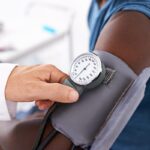
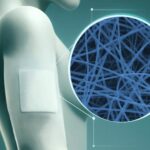


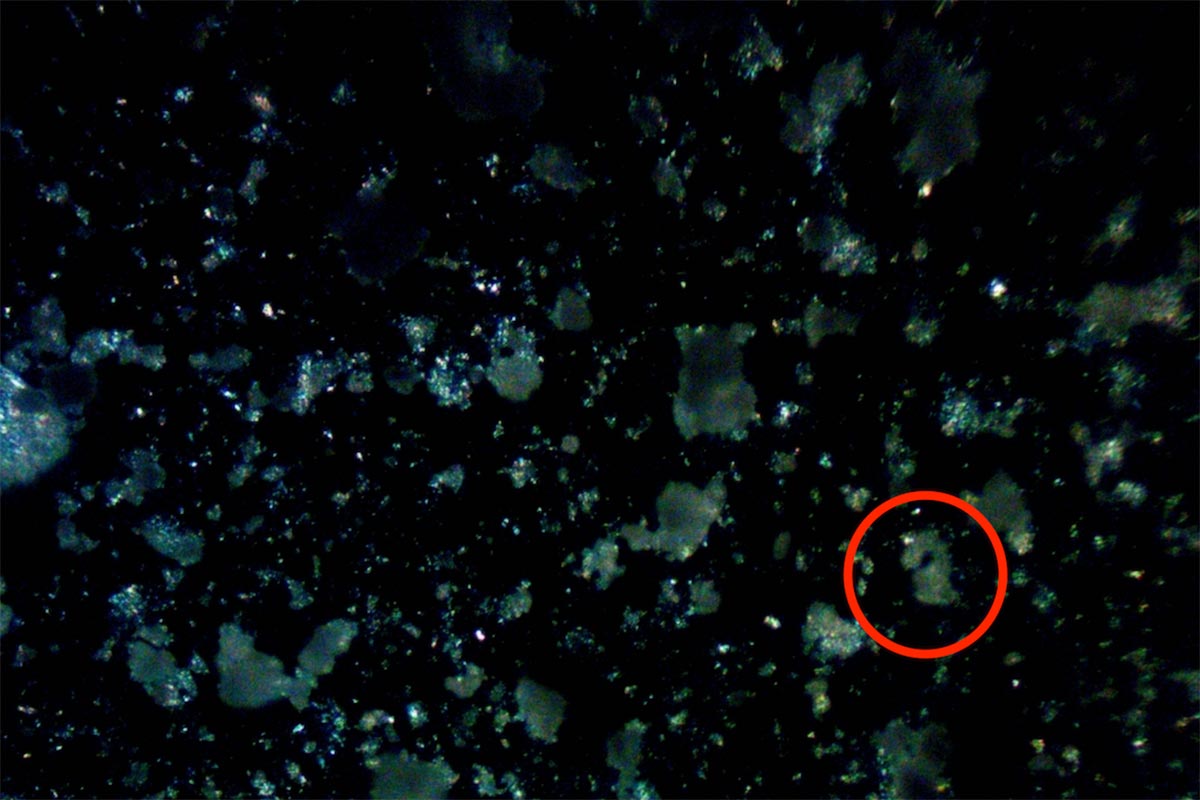





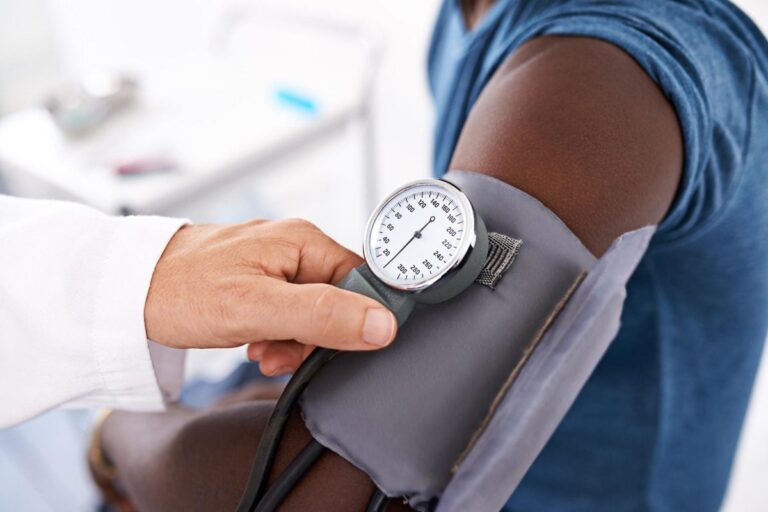
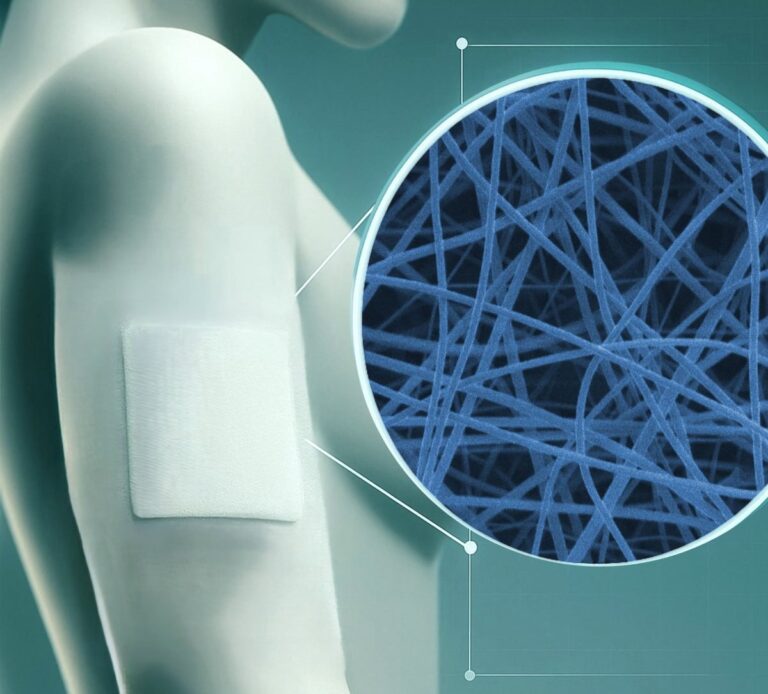
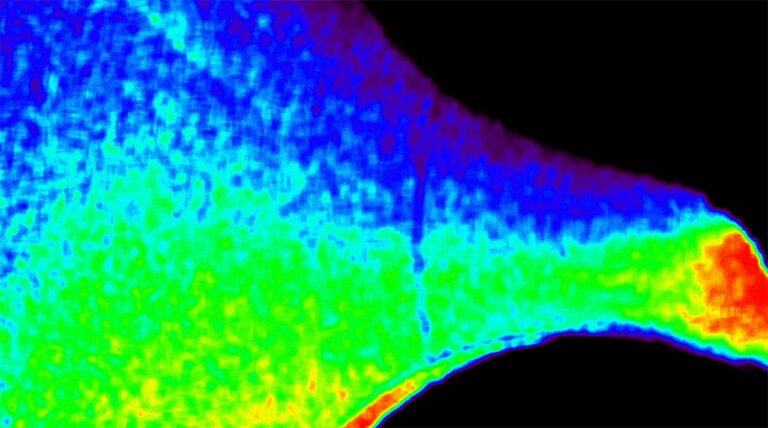
+ There are no comments
Add yours